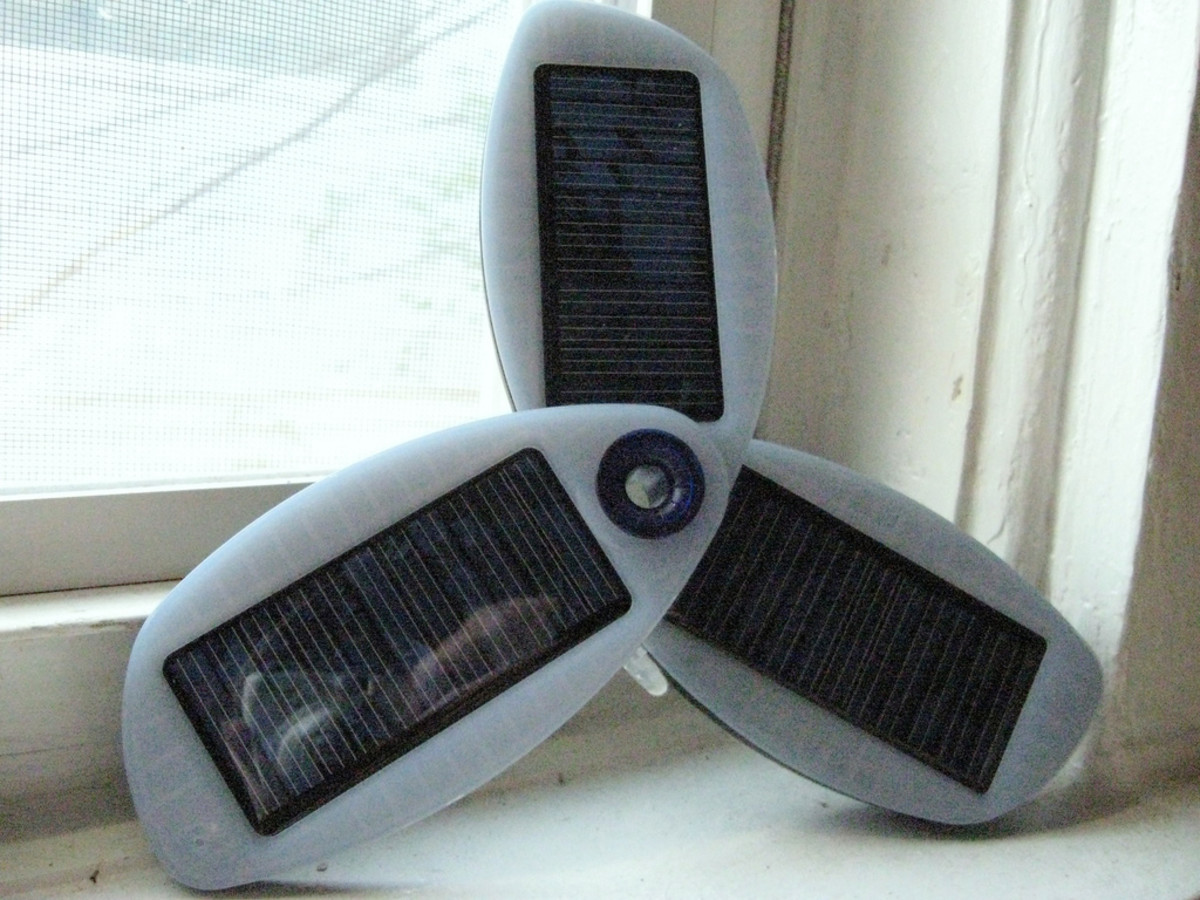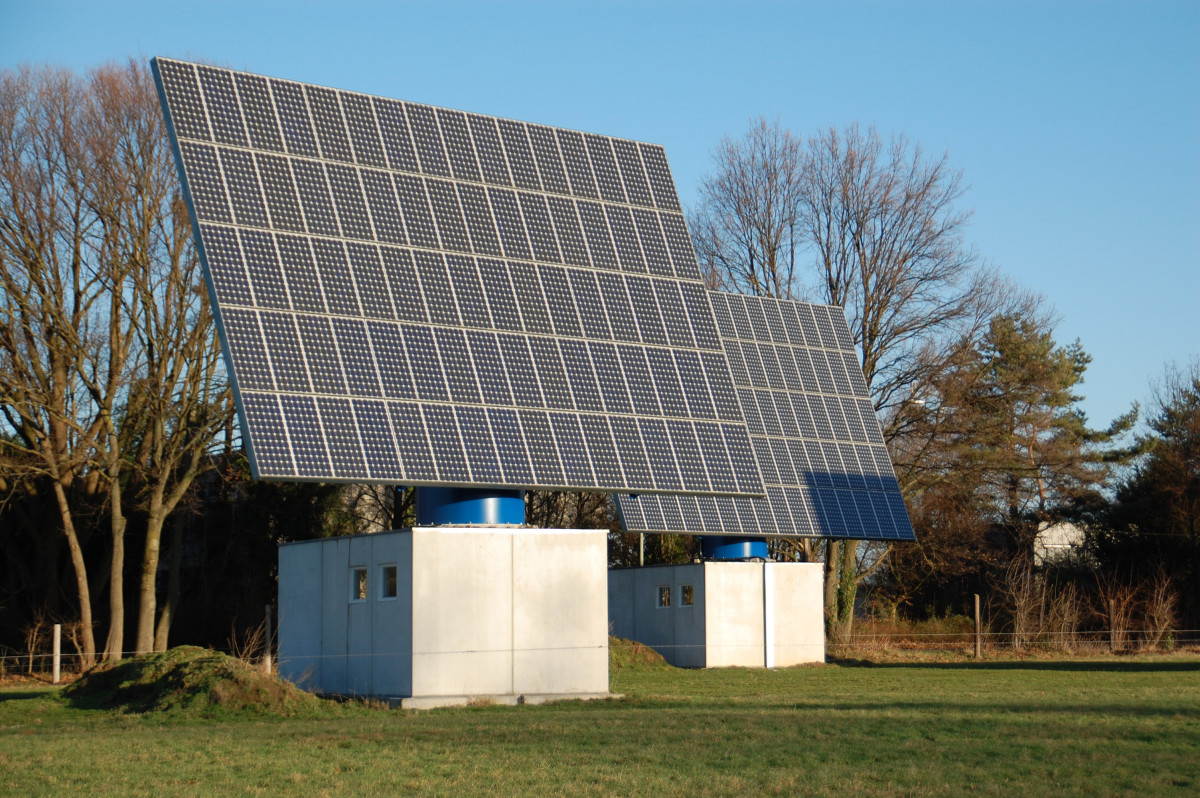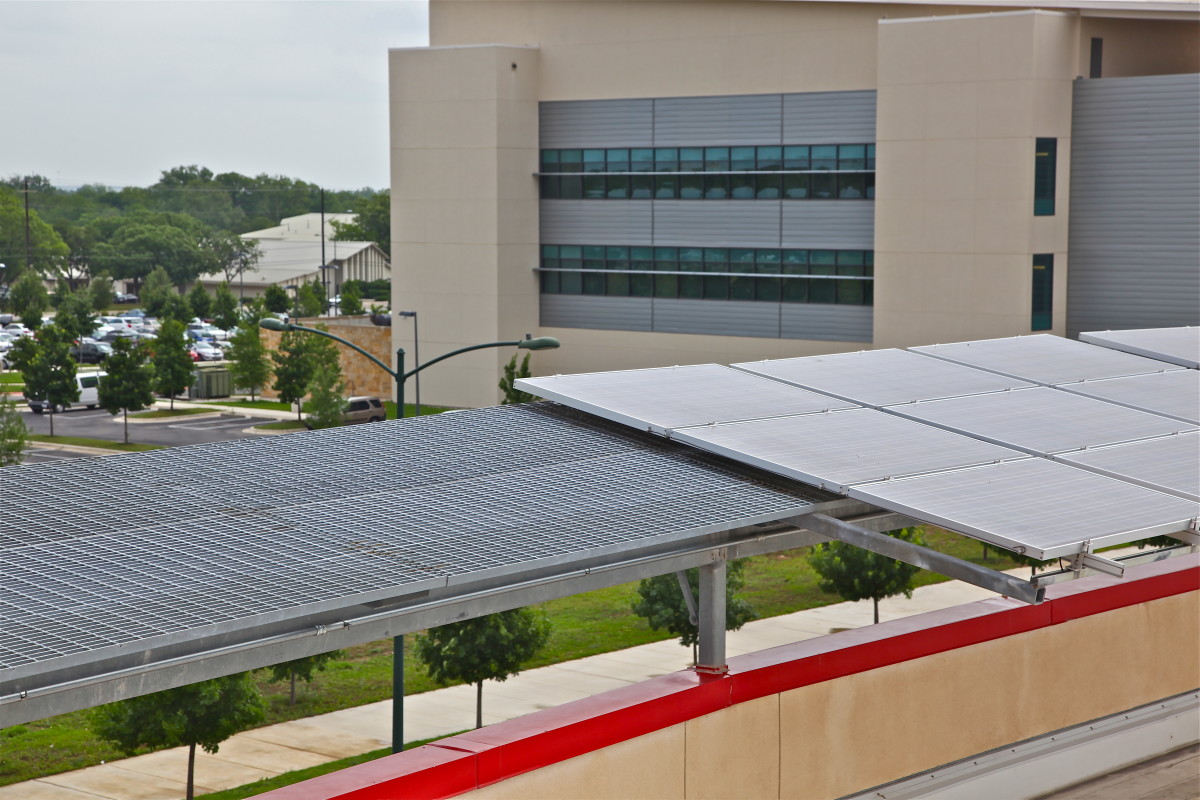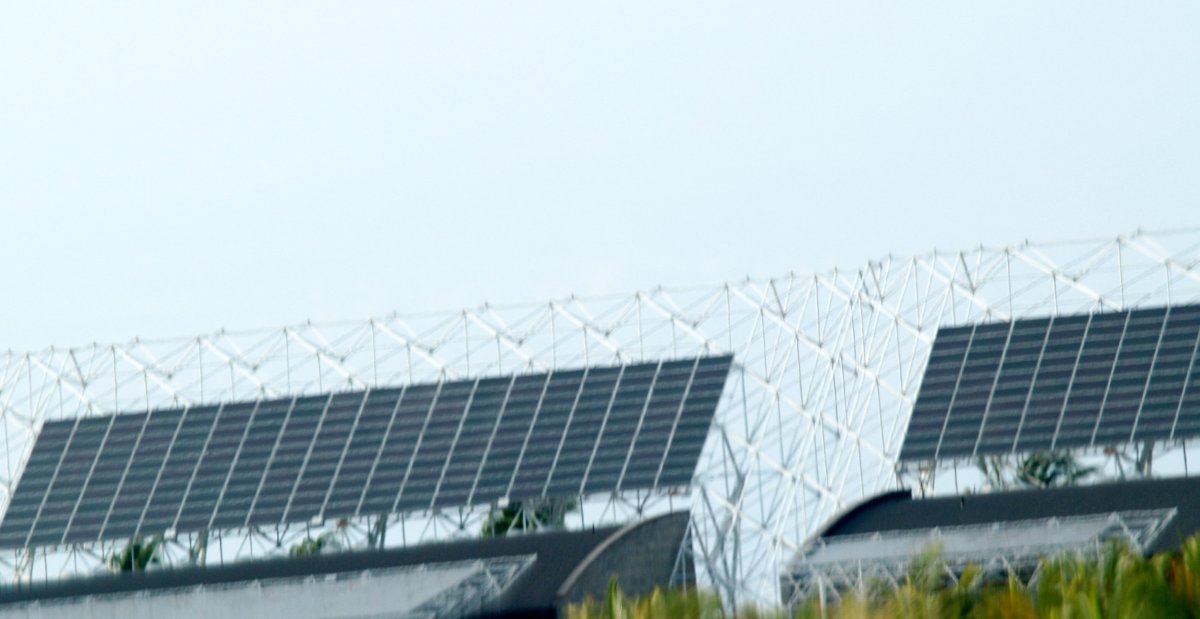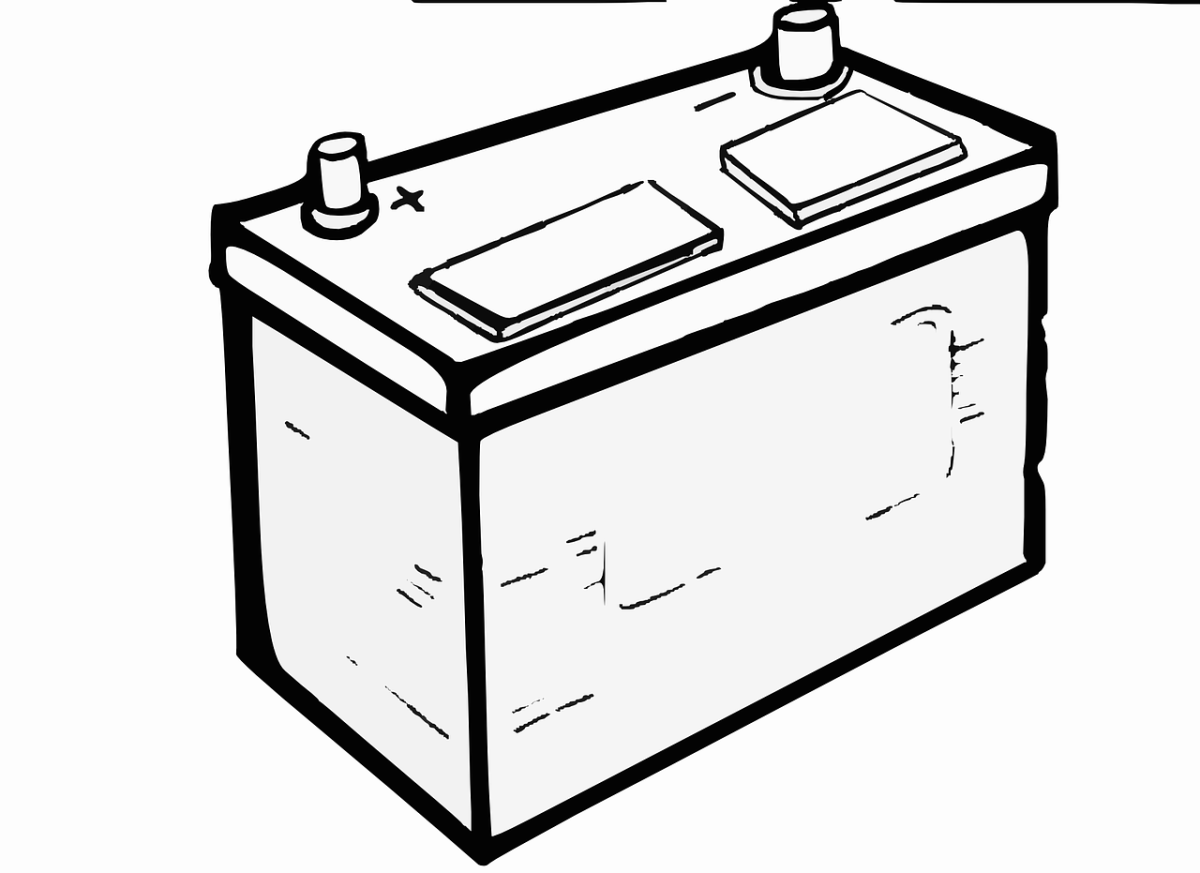Building Solar Panels from Scratch


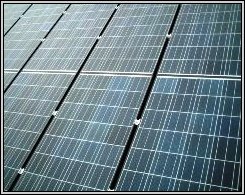
As the price of electricity skyrockets in these hard economic times, many are searching for ways to ease the crunch. Those living in rural areas may erect a windmill or bio-fuel processing plant, but neither would be feasible for city dwellers due to lack of space. The answer would seem to be solar cells…except for the price tag.
However, some enterprising individuals have discovered they can make their own, for less than the expensive store bought kind. A solar, or photovoltaic cell, works much the same way nature transforms ultraviolet light from the sun in the photosynthesis chemical process. It converts light directly into electricity. Some novices have confused the terms solar cell and solar thermal collector. The latter doesn’t create electricity. Rather it simply collects heat by absorbing sunlight for the purpose of either direct heating or indirect electrical power generation.
You can make your own solar panels from scratch quite easily with a few simple supplies and tools. Most solar cells are made of silicon or similar materials. Of course it's always good to have a manual and many who have undergone the trial and errors recommend the Green Powered Home which can be found at: http://www.greenpoweredhome.net/.

There’s no need to pay excessively marked up prices in stores for retail solar panels if you are willing to do it yourself. A solar panel is really nothing more than a bunch of solar cells in a container of some kind. The first step to building a DIY solar panel is to obtain solar cells.You may also consider buying an inverter to convert DC to AC since most appliances use AC.
The standard 3×6”solar cell generates 0.5 volt and about 3.5 amps. Most people build 18 volt solar panels, so 36 cells wired in series will be needed for each panel. , this will provide about 18 volts and 3-4 amps of power in direct sunlight. Some say the best place to get them is on Ebay. There are different grades, so be careful of “grade B” or cells of lesser quality. These usually have broken corners, blemishes or other defects that keep them from being sold as new cells. They generally produce less energy, however, if the price is right they can be a good bargain. If possible, buy pre-tabbed cells. They may cost a little more, but will make wiring much easier later. Also, many cells come covered with wax for protection. It must be removed before they will work.
Here’s a list of what you might need:
Wood or metal, such as aluminum for a frame and backing
· Plexiglas paneling
· Blackpaint
· Silicone or waterproof sealant
· Glue
· Solder
· Wiring
A solar panel needs a shallow container to hold the cells. Most use plywood. Decide on a layoutand figure out the dimensions. In any case it should have ¾” sides. Additional material will be needed inside the box to attach the cells to. Peg board is an excellent choice for this. Cut to fit the box and drill a hole for the wires to exit. Next, a clear cover for the box is needed. Plexiglas or lexan are both good choices. Cut to cover the box. After all cutting is done paint and screw together.
If your solar panel is connected to a battery you might want to solder on a diode. A diode allows power to flow in only one direction. This is important because at night power can flow backwards from the batteries into the solar panel draining it. However, most charge controllers already have one included.
Now, to attach the cells silicone caulk works best. Apply sparingly to the middle of the back of each cell. The reason for this is to allow the wood to expand and contract with temperature changes, so only a single dot is advised. Applying to the center of each cell is important since caulking the corners, wouldn’t allow expansion without damaging the bond. Glue each cell in place and allow time for them to dry and set. However, if you didn’t buy pre-tabbed cells you will have to solder on tabs before you glue them down. Now, wire the 36 cells together in series. Pre-tabbed cells are much easier to work with as they can be simply soldered together.
You’re almost done. Remember the hole drilled for the wires to come out? Caulk it after the wires are put through to keep moisture out. Take the board with attached cells and screw it down inside the container. Then screw the plexiglas down on top of the container and solder connector to the end of the wires. What kind of connector will depend on what the panel is to be used for.
Finally, get a voltmeter and take the panel out into direct sunlight for testing. If it reads between 18 and 20 volts, congratulations, you just built a solar panel!

